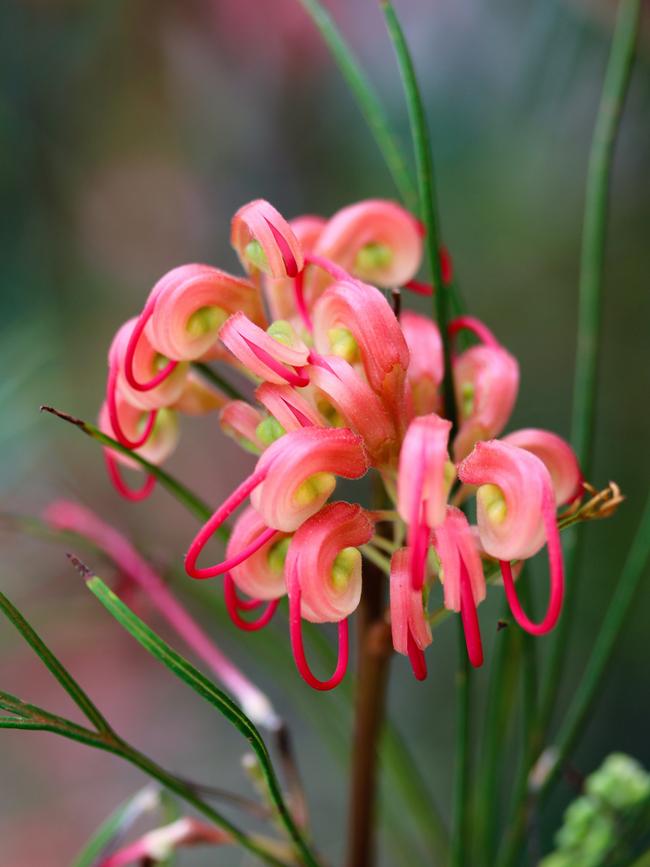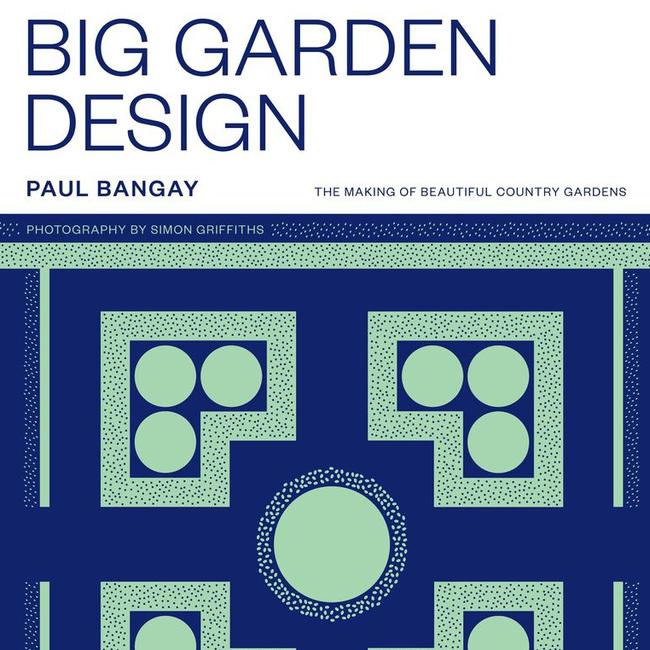How to embrace the natural garden movement
There’s been an undeniable shift in the way we style our gardens over the last decade with sustainability and climate compatibility eclipsing tradition.

Garden books are changing. Once they were all about plant facts and how to impose a particular style on your garden, but the latest books are likely to focus on working with nature, being climate compatible, staying sustainable and nurturing soil, plants, animals and people. In his new book The Natural Gardener (Thames & Hudson, $60), Sydney-based garden designer Richard Unsworth explores what constitutes a “natural” garden and how to work with species that are sympathetic to the Australian environment. Guided by his personal experience of turning an overgrown, weed-infested property into a garden that’s in sympathy with the surrounding bushland and its wildlife, Unsworth talks about bush restoration and rewilding at a personal and broader community level. He demonstrates his approach in 14 case studies of gardens he created, from coastal to inner city to mountain locations. For each he describes the design process, accompanied by plans, plant lists and evocative photography by Nicholas Watt. The common elements are looser planting styles, less structure, local and recycled materials that sit sympathetically in the landscape, and increasing biodiversity.
Colour Wheels
Richard Unsworth’s favourite native plants are well adapted to poor soils, frequent fires and regular drought.


Here are four flowering species he recommends.


Q&A
Is treated pine safe to use as garden edging?
Andy Dunn, Sorrento, Victoria
In 2005, the regulatory authority recommended that CCA (copper chrome arsenic) treated pine not be used for high contact structures such as playground equipment, picnic tables and handrails because it can leach tiny amounts of toxins. So, it’s OK for general garden beds but not recommended for vegetable beds, as traces can be detected, mostly in root vegetables. You could install an impervious liner such as builders’ plastic as a barrier. Newer ACQ (alkaline copper quaternary) treated pine is considered safe, as is CuAz (copper azole), known by brand names such as Tanalith-E, NatureWood, Ecowood and MicroPro.
How do I maintain an anthurium that came in a glass jar with no care instructions? The flowers are getting smaller. How often should I change the water or feed it?
Paula Yeo, by email
Anthuriums will grow hydroponically like this. Change the water and clean the vase every three weeks or so. Refill with room temperature rainwater, keeping the water level below the base of the stems and foliage. Use clay or decorative pebbles in the bottom for added support. Add a tiny amount of liquid fertiliser to the water at every second water change.
My aquaponic system circulates water between my green wall and fishpond. What can I safely use to treat grasshoppers and sucking insects on the plants? Eco-oil?
Liz Pinczewski, by email
Eco-oil and horticultural soap such as Nature’s Way Veggie and Herb Spray are safe for fish; they treat sap-suckers but not grasshoppers. Eco-neem is the only organic product registered for grasshoppers; it’s safe for birds and mammals but potentially could affect fish. Some greenwall plants such as maidenhair ferns are sensitive to any sprays, so do a spot spray first to test.
Send your questions to: helenyoungtwig@gmail.com The best question for October wins a copy of Paul Bangay’s new book Big Garden Design: the making of beautiful country gardens (Thames & Hudson, $90).





To join the conversation, please log in. Don't have an account? Register
Join the conversation, you are commenting as Logout